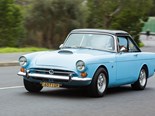Sunbeam Tiger Review
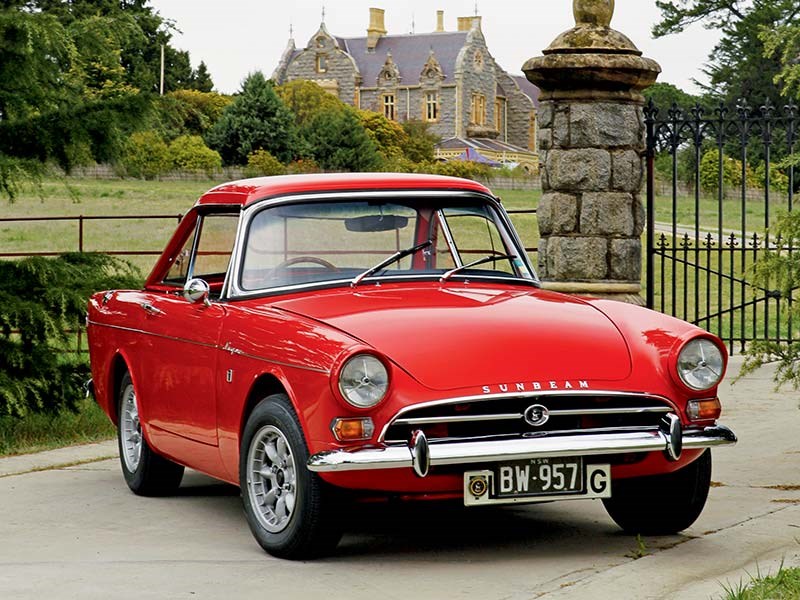

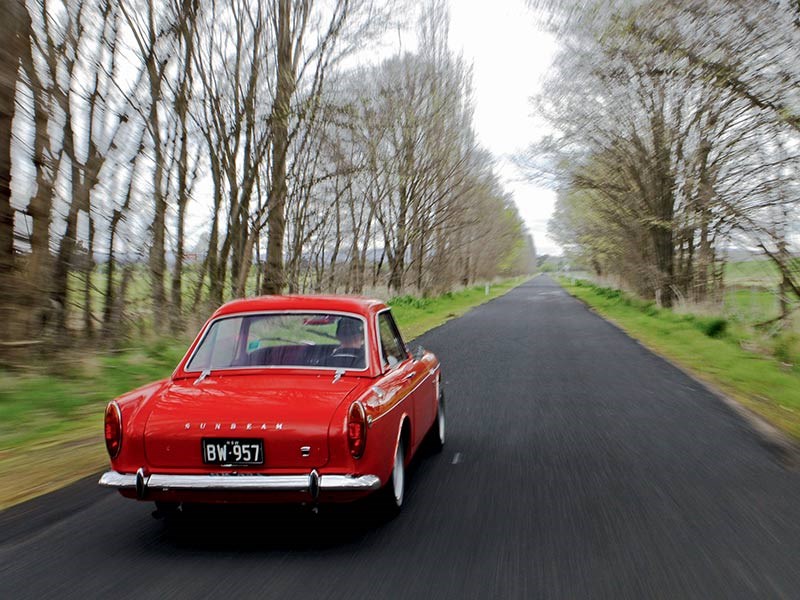

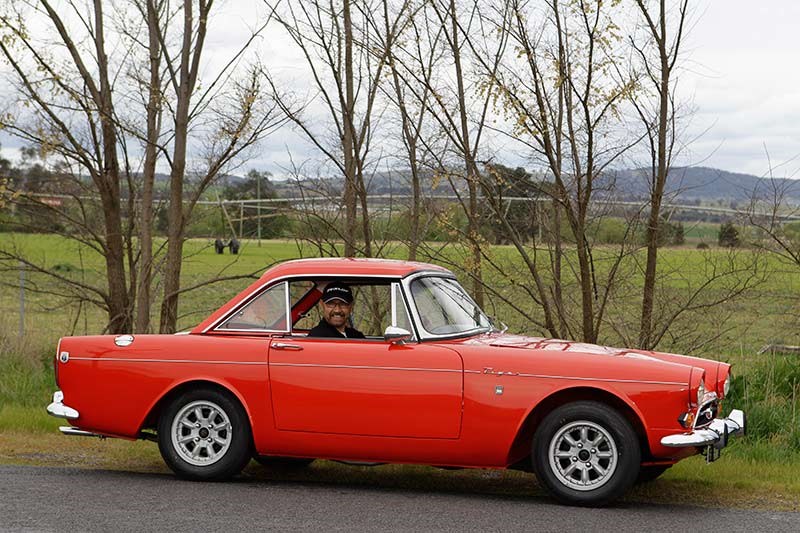

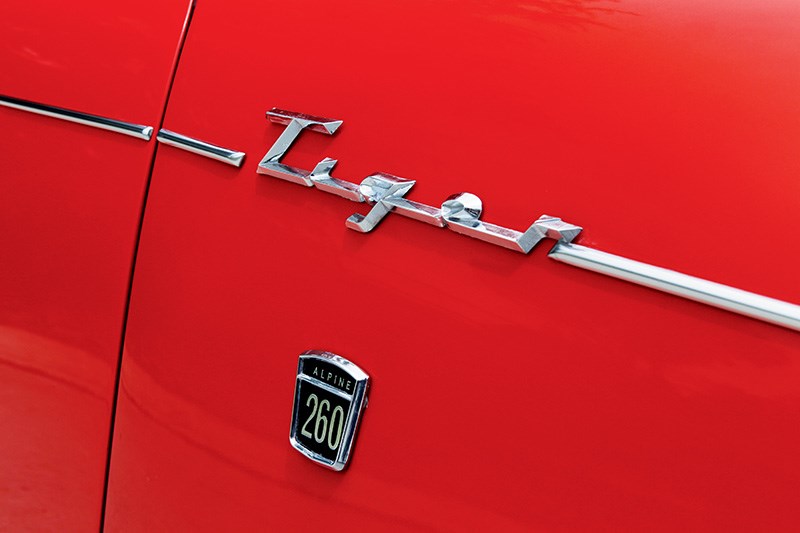

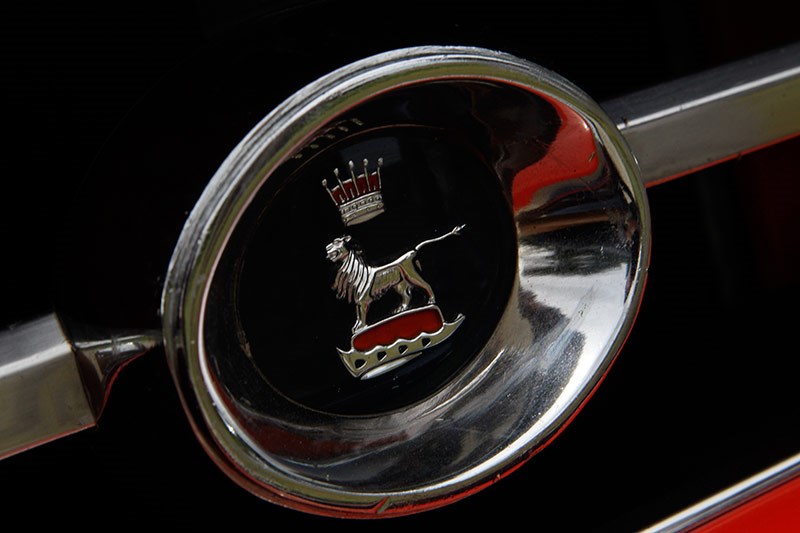


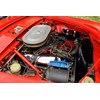

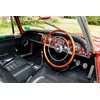
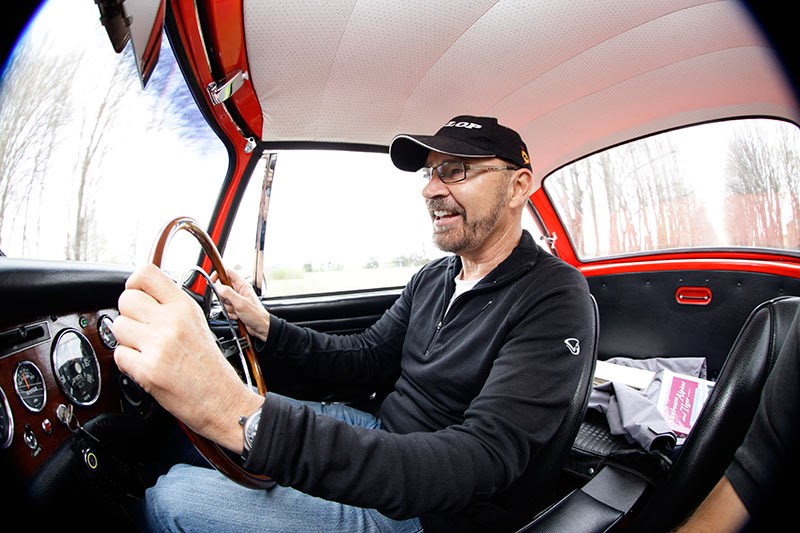

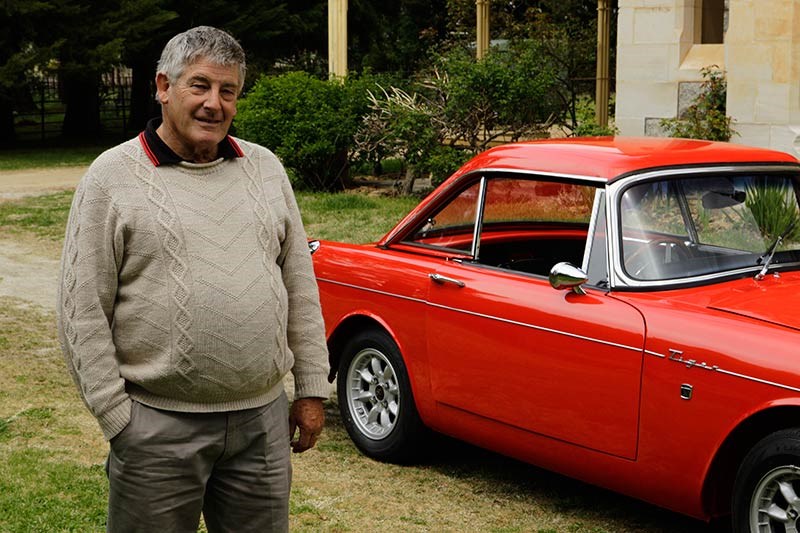


|

|

|

|

|

|

|

|

|
Brant Weily was game enough to let John Bowe loose with his Shelby-powered Sunbeam Tiger
Sunbeam Tiger
The Sunbeam Tiger is a vehicle that has always been in the back of my mind. If it’s ever mentioned – and I must say it isn’t mentioned often – I always think ‘cut-price Shelby Cobra’. Because, when you analyse things, that’s pretty much what it is. It’s a pretty little English sports car with a lungful of American V8 transplanted in by none other than Carroll Shelby.
So it has the Shelby DNA but it’s not as angry as the Cobra. It could have been a much more testosterone-charged thing if the Rootes Group had taken it to the level where Shelby would have wanted it… Yes, Rootes Group! That was the company that was responsible for the Tiger (and of course the Sunbeam Alpine on which it was based) and they later went on to build Hillman Hunters. To cut the Tiger’s potentially long story short, when Chrysler took over Rootes, it discovered a car in its showroom with Powered By Ford badges…
But in the beginning, Shelby was commissioned by Rootes to ‘do a Cobra’ with the Alpine to make the car appeal to the US market. The Sunbeam Alpine was fitted with a pissy little four-cylinder engine – it was an anaemic little cast-iron unit typical of the English engines of that time. Americans of course wanted V8s. And Shelby was the man to do it!
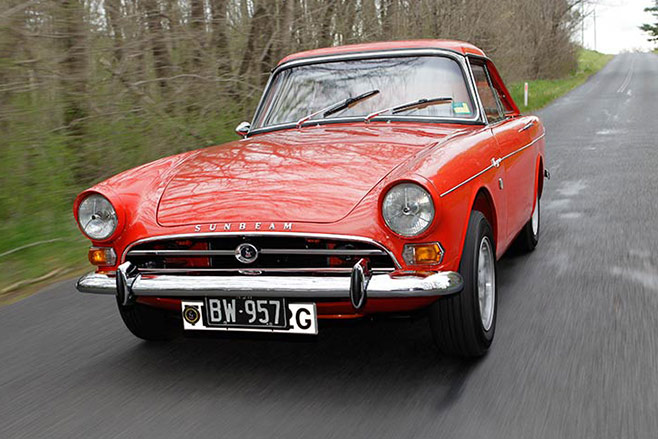
Shelby was based in California and California was always the hot-rodding centre of the world. He was basically a hot-rodder but he was also a racer; he raced many European cars including Ferraris and Aston Martins. So, full marks to the Rootes Group for getting Shelby to do the work: Shelby created the prototype and it was presented to Rootes management, accepted and then made ready for production by Jensen.
One of the big changes to the original car was the fitting of rack and pinion steering. It was mounted forward of the front cross-member and required fillets be cut from it to make it all fit. They really squeezed that rack and pinion in there – like toothpaste! Shelby’s guys were half-mechanics, half-engineers and they cut and shut and welded and they made things happen!
Shelby quite wisely chose the Ford Windsor V8 (a 260 cubic inch) as it was quite small: nothing else was going to fit. In fact, this car only became possible when Ford made its nice little compact V8, the Windsor that began life as a 221, became a 260 – which the Tiger used – then a 289, a 302 and so on. But for the time, compared to most US-made cast iron V8s this was a physically tiny engine. Really, it’s smaller to look at than many V6s and was revolutionary. Even so, the Alpine was a small vehicle and it’s shrink-wrapped around the engine – the clearances are tiny and the steering shaft only just manages to snake its way past the exhaust. You change the rear-most spark plugs from inside the car!
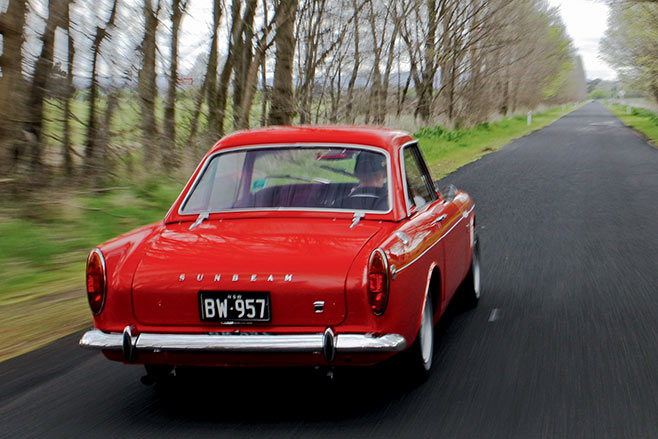
You also must realise – or recall! – that Ford was heavily involved in motorsport during the 1960s. Henry Ford was involved almost since he invented the Model T. Ford has had surges; periods of time where they’ve been very successful, and times when they couldn’t be bothered. But the 1960s was a time when they developed the high performance image with the Mustang, the GT40, Cobras, TransAm and Can-Am stuff in the US – it was all very assertive ‘Power By Ford’. And the Tiger, in its own small way, was a part of all that.
So what’s it like to drive? First impressions… The shape is right but its size doesn’t quite match the sound: a baritone V8 burble emanating from a lithe and diminutive car such as this. On the road, it’s surprisingly pleasant. The car is light – around 1000kg give or take a few Mars bars – and the suspension is compliant and it rides really nicely. I must admit I’ve never driven a Sunbeam Alpine which this is based on but there’s no bone-jarring, bump-stops ride like there is with some smaller cars. By this stage, the Poms had become quite sophisticated with their ride and some of that has to do with its lightness: Even today a car regarded as relatively lightweight – such as a Porsche – has a weight of around 1300kg due to all the safety gear. The Tiger is tight, too – there’s no shimmying or shaking that you might expect (and accept) from a car of this vintage It’s tall geared, really tall geared.
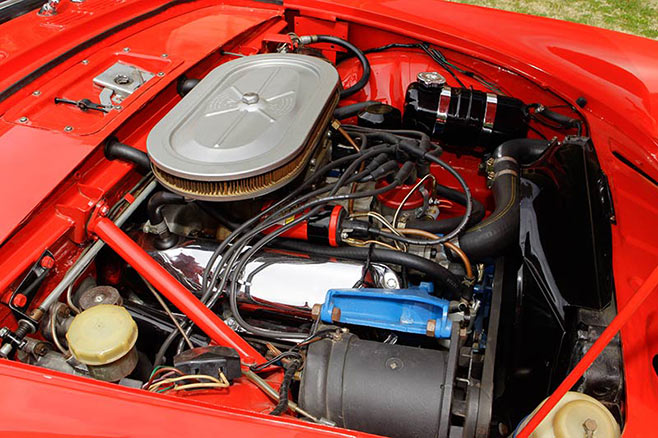
It’s like a five-speed box with no first gear; very long-legged. It has a Borg Warner T10 gearbox and a 2.78 diff and quite small wheels – they’re only 13-inch which is tiny by today’s standards. This one has Minilite style wheels on it; they’re a good looking classic wheel but the originals would have been steels. All up it has a good surge of power – with the tall gears the engine’s torque is doing the work.
Underway the steering is beautiful, with a vibrant and tactile feel. English cars with rack and pinion always drive well – such as the E-Type and the MGB – but on full lock the Tiger shows a few compromises with the geometry; it scrubs the front tyres.
The design was available as a convertible but this one is a super-rare hardtop which makes it feel like a real gran turismo cruiser. You could take a bit of gear with you too – it’s quite roomy except it’s a bit tight around the pedals. It would be a great car to take on a long run somewhere; it makes you want to get into it and stretch its legs and barrel along at 90 or 100 miles an hour on back roads. I reckon it would do that with barely any throttle on. In fact I liked it so much, I asked the owner Brant if he wanted to sell it!
KNOW YOUR SUNBEAM TIGERS
Two series of the Tiger were built by the once giant Rootes Group. Series 1 had the 260ci Ford engine, made from 1964 to 1967. A Series II car was released in 1967 with the larger 289 powerplant. A total of 6450 Series I cars were built and 650 Series II. Values have climbed significantly in recent years, nudging the $90k mark.
Unique Cars magazine Value Guides
Sell your car for free right here
Get your monthly fix of news, reviews and stories on the greatest cars and minds in the automotive world.
Subscribe

.jpg)




